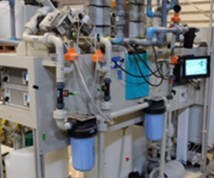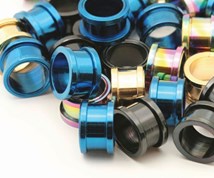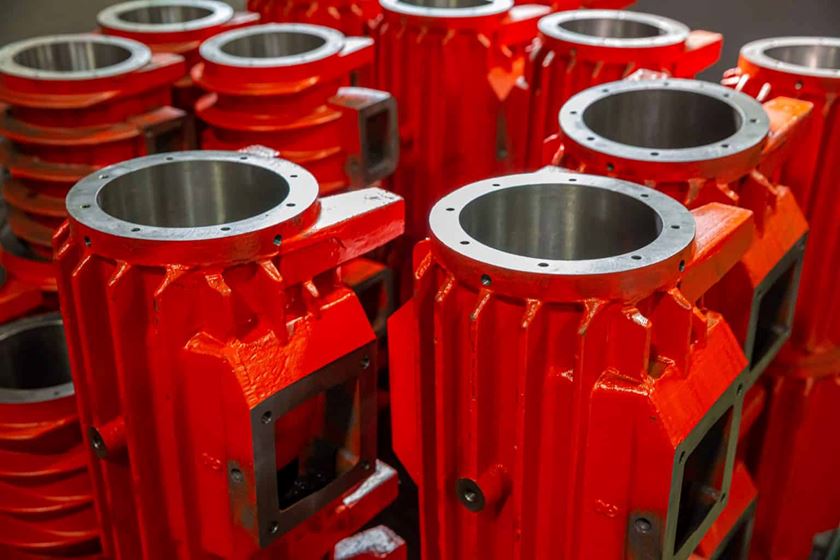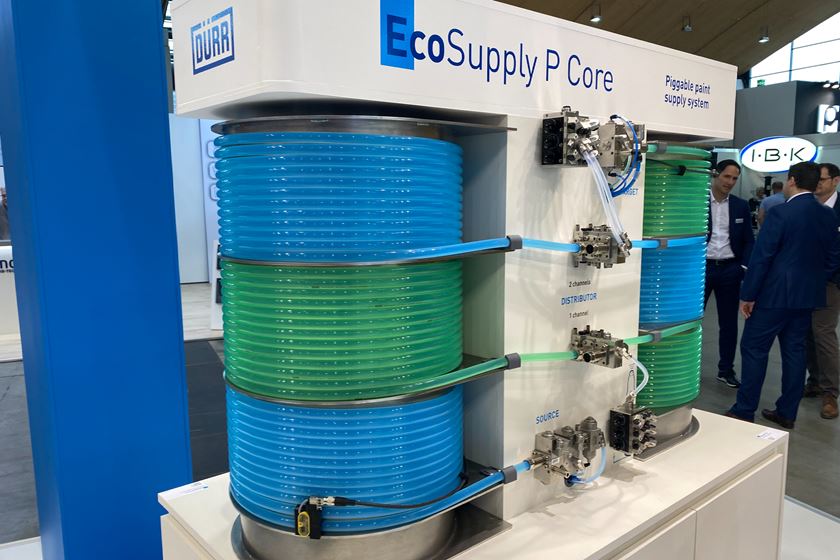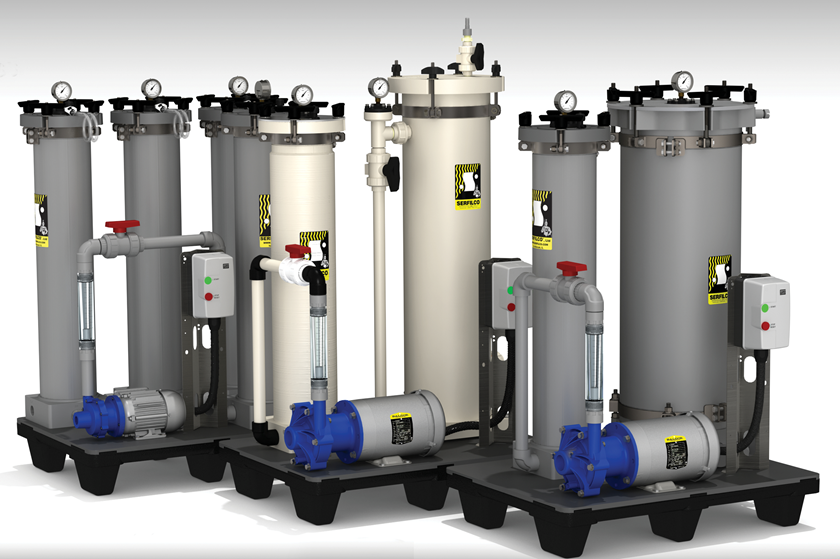Chrome Reduction
What is the best way to reduce hexavalent chrome to trivalent chrome from an aluminum conversion coating rinse water?
#pollutioncontrol
Q. What is the best way to reduce hexavalent chrome to trivalent chrome from an aluminum conversion coating rinse water? K.O.
A. The “best way” depends upon many factors such as safety concerns, volume of wastewater, discharge limits and final discharge. That being said, our experience has been that, for the vast majority of chrome reduction applications, the use of sodium metabisulfite (MBS) is best.
Sodium metabisulfite (Na2S2O5), when added to water, forms sodium bisulfite (NaHSO3), which reacts with the hexavalent chromium (Cr+6) to form trivalent chromium (Cr+3) according to the following reaction:
Featured Content
3NaHSO3 + 2H2CrO4 >>> Cr2(SO4)3 + 3NaHSO4 + 5H2O.
Approximately 2.8 lbs of MBS and 1.5 lbs of sulfuric acid are needed to reduce 1 lb of hexavalent chrome. Because the speed of the reaction is pH-dependent (speed decreases as pH increases), we typically design for a retention time of 15–20 min and a pH of 2–2.5.
To feed the MBS solution into the rapidly mixed chrome reduction tank, an oxidation-reduction potential (ORP) sensor and controller is used. A set point of -300 millivolts is adequate for most applications. As you become more familiar with the system, you may want to increase (become more negative) the set point in 25-milli-volt increments and check the validity of the setting. There are several suppliers of colorimetric testing kits for hexavalent chrome (sample turns purple if hexavalent chrome is present) that can be used to determine the best ORP set point; -400 millivolts is the maximum set point that most have found to be acceptable, but each wastestream needs to be evaluated.
Alternative technologies for chrome reduction include sulfur dioxide gas, sodium hydrosulfite, ferrous sulfate, scrap iron/steel/steel wool and electrochemical.
RELATED CONTENT
-
Cyanide Destruction: A New Look at an Age-Old Problem
Cyanide in mining and industrial wastewaters has been around from the beginning, including electroplating processes. This presentation reviews a number of current processes, and in particular, offers new technologies for improvement in cyanide destruction by the most common process, using sodium hypochlorite.
-
Treating Plating Wastewater
Wastewater from plating facilities contains contaminants such as heavy metals, oil and grease and suspended solids at levels that might be considered environmentally hazardous . . .
-
Recovery/Recycling Methods for Metal Finishers
A guide to lowering pollution and recovering valuable process constituents.


